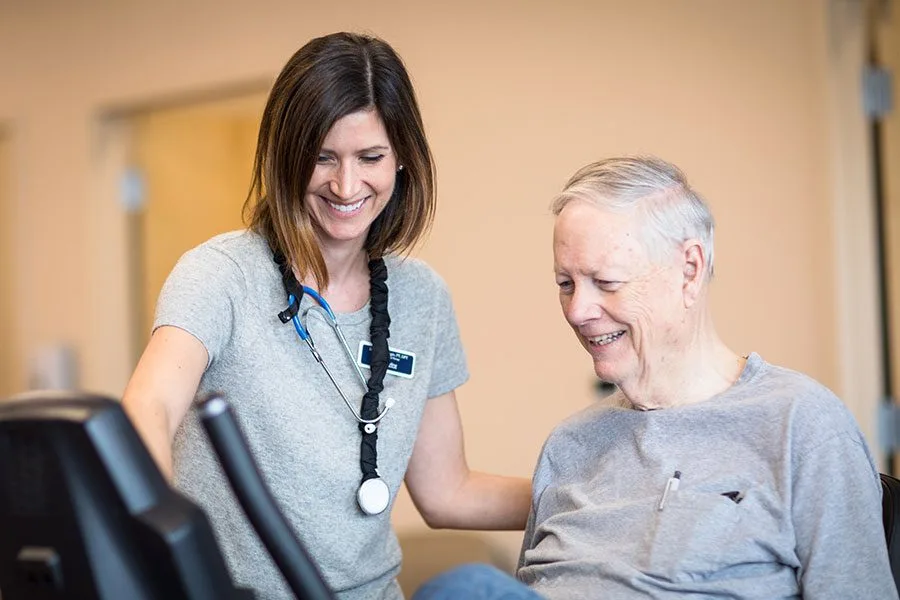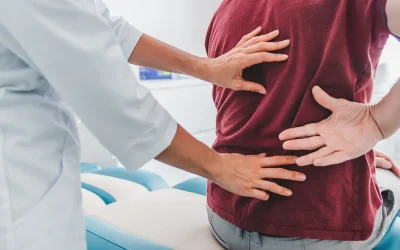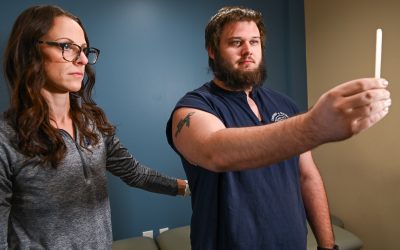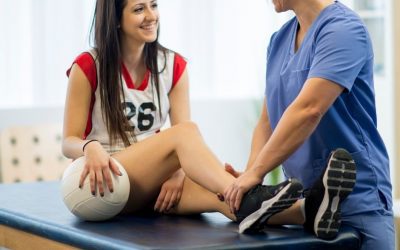Pulmonary Rehabilitation
It’s hard to have a full life when you can’t get a full breath. Too often, those with chronic lung disease find themselves in a downward spiral of inactivity and isolation. Our Pulmonary Rehabilitation Program can help you better manage your condition and improve your quality of life.
The cornerstones are:
1) education and counseling to help you understand and manage your lung condition,
2) exercise training to help you build strength and endurance, enabling you to do the things you want to do.
Understanding + Confidence = Independence.
“Their motivational approach helps all of us feel we can do the hard stuff – encouragement + humor makes exercise fun, not clinical.”
SUSAN D.
Schedule an Appointment
Office Locator
Make a Payment
Your Personal Independence Program
MULTI-DISCIPLINARY
Chronic lung disease impacts your entire body and life, which is why our program involves your family doctor, pulmonary doctor and/or surgeon, registered respiratory therapists (RRTs), physical therapists, and a social worker. If needed, a dietician is available for consultations.
INDIVIDUALIZED
After your initial evaluation, our team creates a treatment plan specifically for you. We focus on educating you about your disease and how to best manage it. We focus on helping you achieve your personal goals.
SAFE
We use several monitoring devices throughout your sessions to ensure that your heart rate, blood pressure and blood oxygen saturation levels remain stable. Supplemental oxygen is available if needed.
ACCESSIBLE
It’s easy to get the help you need with four of our locations offering pulmonary rehabilitation, free transportation, and because we accept most insurances.
ONGOING
After you’ve reached your initial goals, you can continue to progress with our maintenance/follow up programs. We also offer support groups.
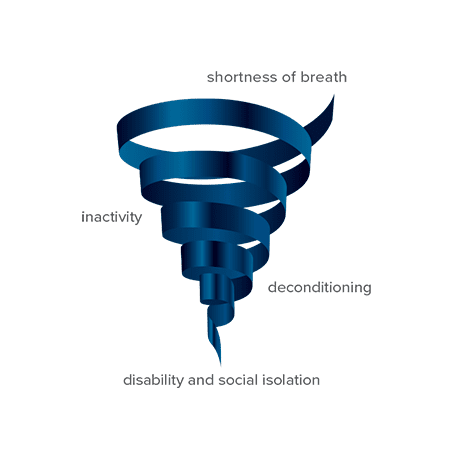
Pulmonary Rehabilitation can improve the lives of patients with:
- Asthma
- Bronchiectasis
- COPD
- Chronic bronchitis
- Emphysema
- Lung cancer
- Lung transplantation or other lung surgery
- Neuromuscular disease
- Pneumonia
- Post COVID-19
- Pulmonary fibrosis
- Pulmonary hypertension
- Scoliosis
- Shortness of breath
Our Program Makes a Meaningful Difference
For patients with respiratory conditions, pulmonary rehabilitation is recognized as the prevailing standard of care. Through participation in a quality, individualized program such as ours, patients experience:
UNDERSTANDING
- Improved understanding of pulmonary disease and how to manage it
- Reduced symptoms like fatigue and breathlessness
CONFIDENCE
- Reduced hospitalizations, doctor visits, and exacerbations
- Decreased fear and social isolation
- Improved quality of life and survival rate
INDEPENDENCE
- Increased ability to participate in daily life activities
- Increased exercise performance
- In some cases, return to work
- Decreased anxiety and/or depression
- Improved skills to manage symptoms
